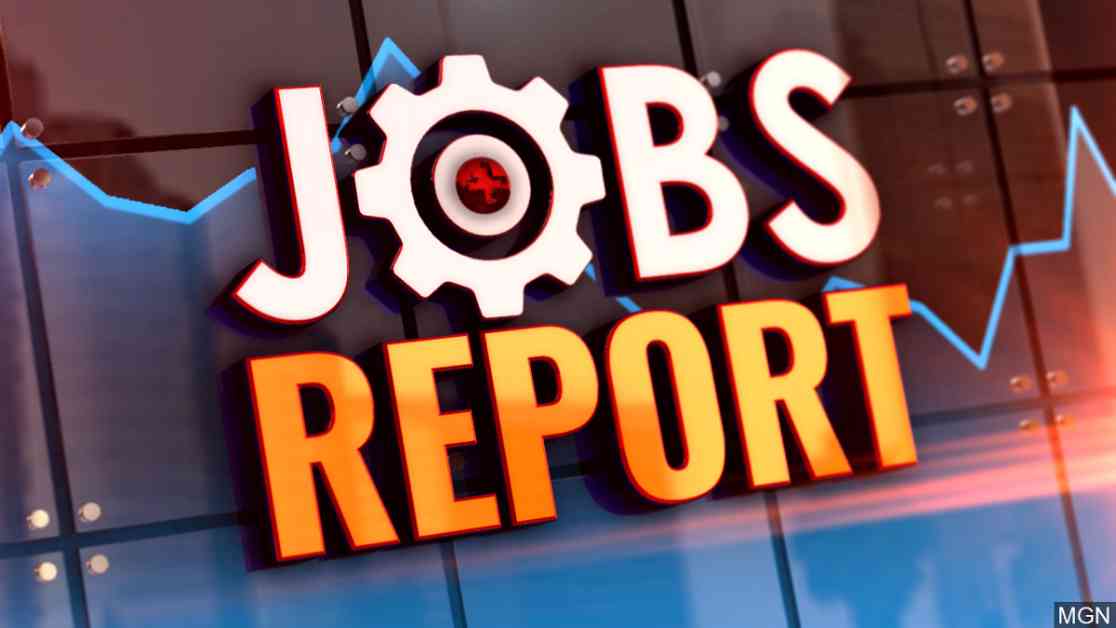Maryland Labor Force Participation Rate Outperforms National Average
Maryland’s economy continues to thrive, with the state’s unemployment rate holding steady at 3.1 percent in December, according to the latest data from the U.S. Department of Labor’s Bureau of Labor Statistics. This figure solidifies Maryland’s position as one of the lowest unemployment rates in the nation, reflecting a strong job market and a robust economy.
In 2024, Maryland saw a significant increase of 38,400 jobs, with 27,300 of those added in the private sector alone, showcasing a remarkable 1.4 percent employment growth rate. December’s numbers revealed a modest gain of 200 jobs statewide, further underscoring the state’s economic resilience and job creation efforts.
What sets Maryland apart from the rest of the country is its impressive labor force participation rate, which remained unchanged at 65.6 percent. This rate is notably higher than the national average of 62.5 percent, indicating a highly engaged workforce in the state. Additionally, Maryland’s jobless rate continues to stay well below the national unemployment rate of 4.1 percent, showcasing the state’s commitment to job creation and economic prosperity.
Key Industries Driving Job Growth
Several industries played a pivotal role in driving job growth in Maryland in December. The public sector led the way with an increase of 1,300 jobs, followed closely by the retail trade sector, which added 1,000 positions. The health care and social assistance sector also saw significant growth, expanding by 900 jobs. Moreover, the professional, scientific, and technical services industry added 700 jobs, while both the finance and insurance sector and the information industry contributed 600 jobs each to the overall job market.
While many industries experienced growth, some sectors faced job losses despite the positive overall trend. The administrative and support and waste management and remediation sector recorded the most significant decline, shedding 2,600 jobs. Additionally, the other services sector lost 1,100 jobs, while transportation, warehousing, and utilities saw a reduction of 600 positions. Private educational services and the construction industry also experienced declines, with 500 and 400 jobs lost, respectively.
Accessing Real-Time Employment Data
For individuals seeking up-to-date employment data in Maryland, the Maryland Department of Labor’s website serves as a valuable resource. While the department updates employment figures regularly, there may be brief delays as information is transferred from the Bureau of Labor Statistics. To access real-time updates and stay informed about the latest job market trends, individuals can also visit the BLS website for comprehensive and reliable information.
In conclusion, Maryland’s robust job market and high labor force participation rate position the state as a standout performer in the national economy. With consistent job growth and a commitment to economic prosperity, Maryland continues to set the standard for success in the employment sector. By leveraging key industries and fostering a highly engaged workforce, the state remains a beacon of opportunity and growth for job seekers and businesses alike.
















